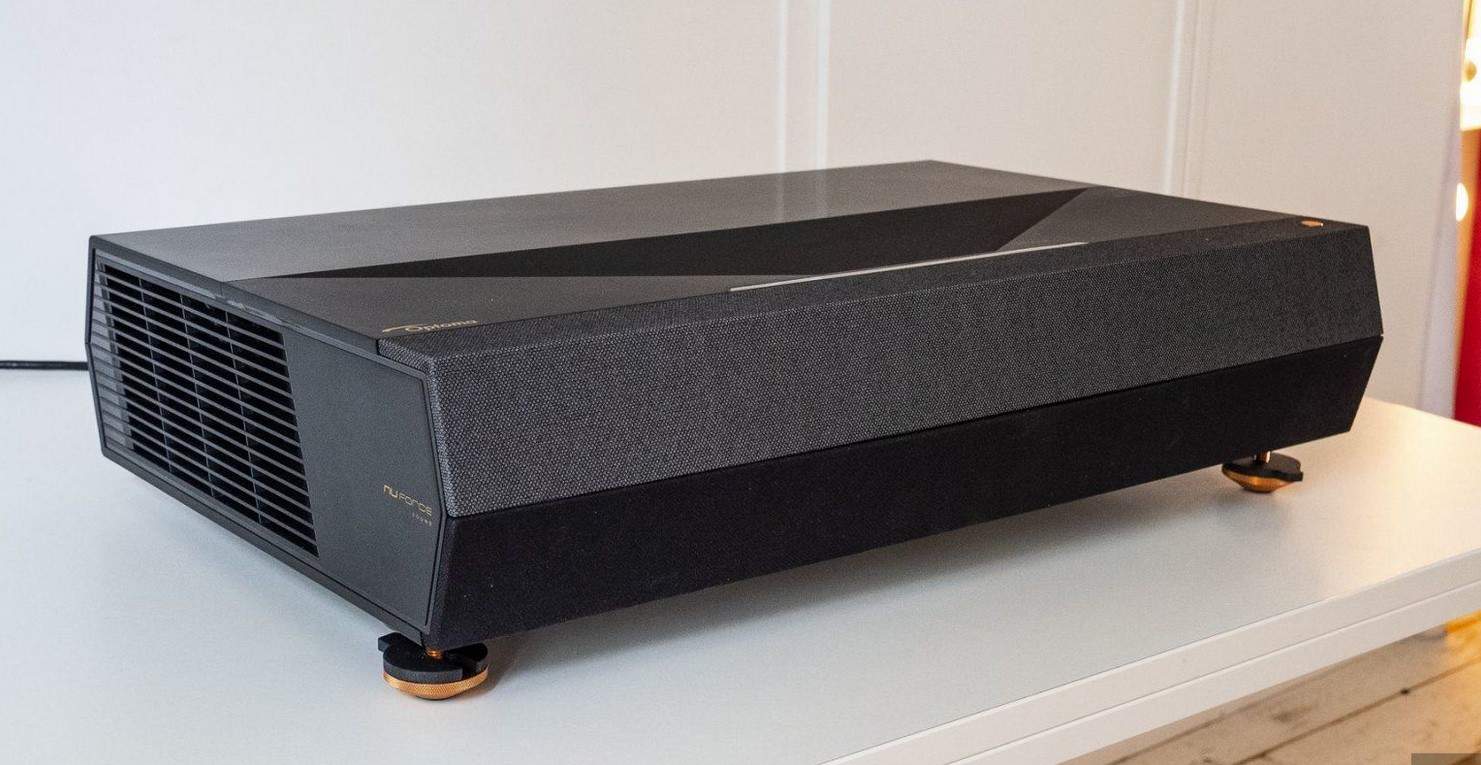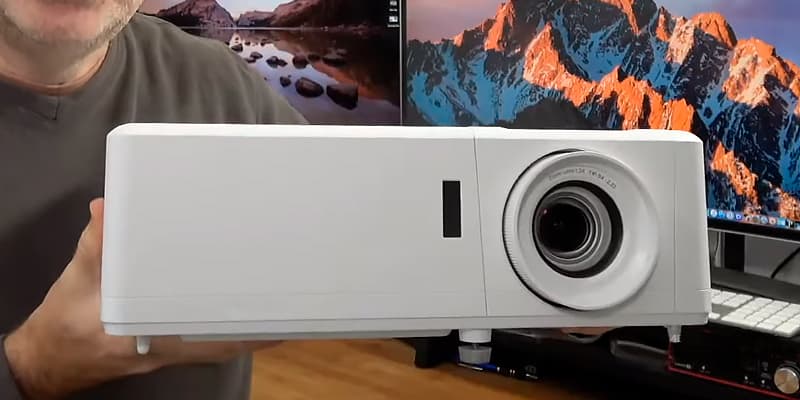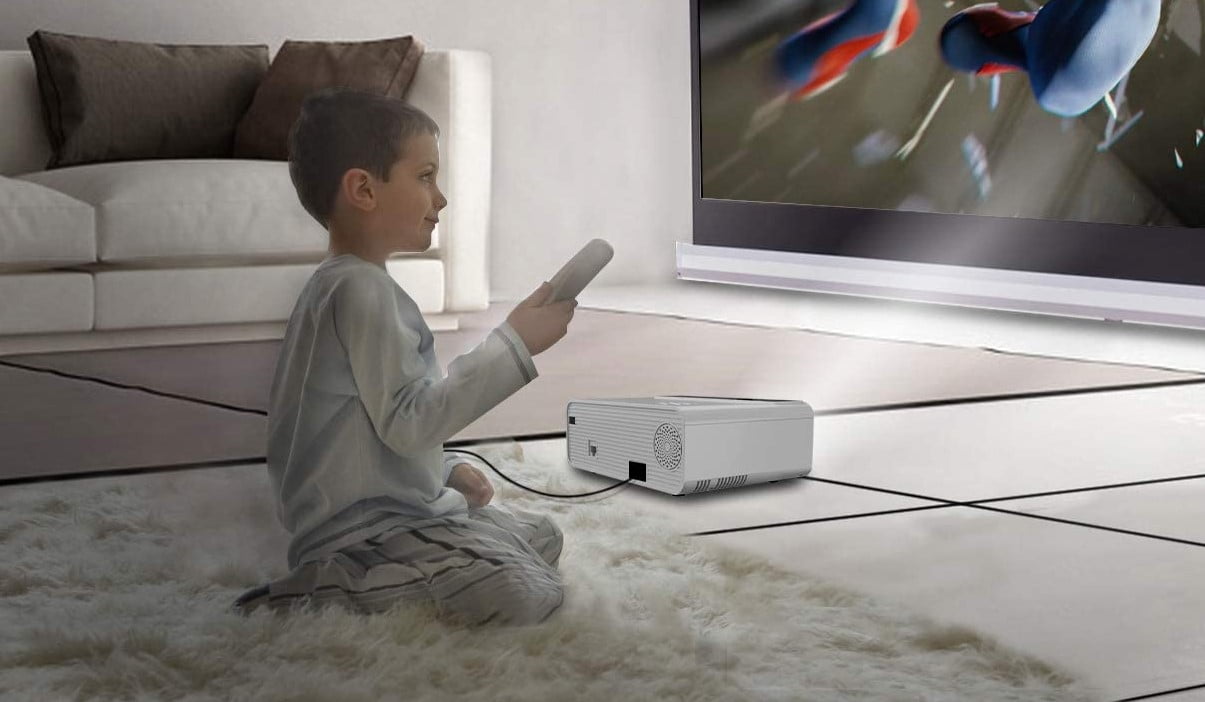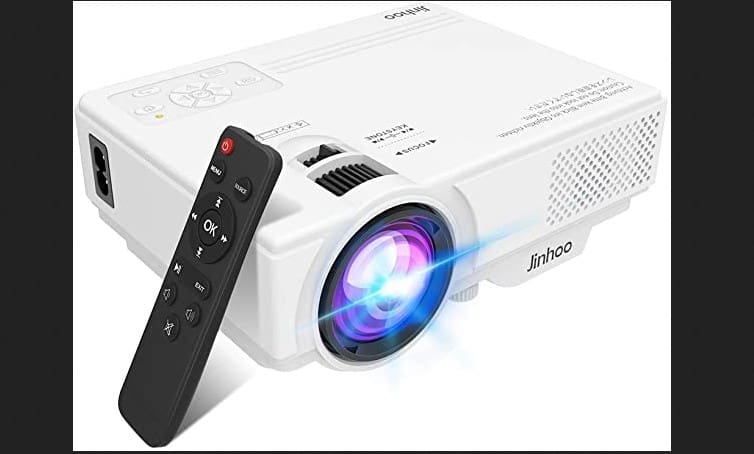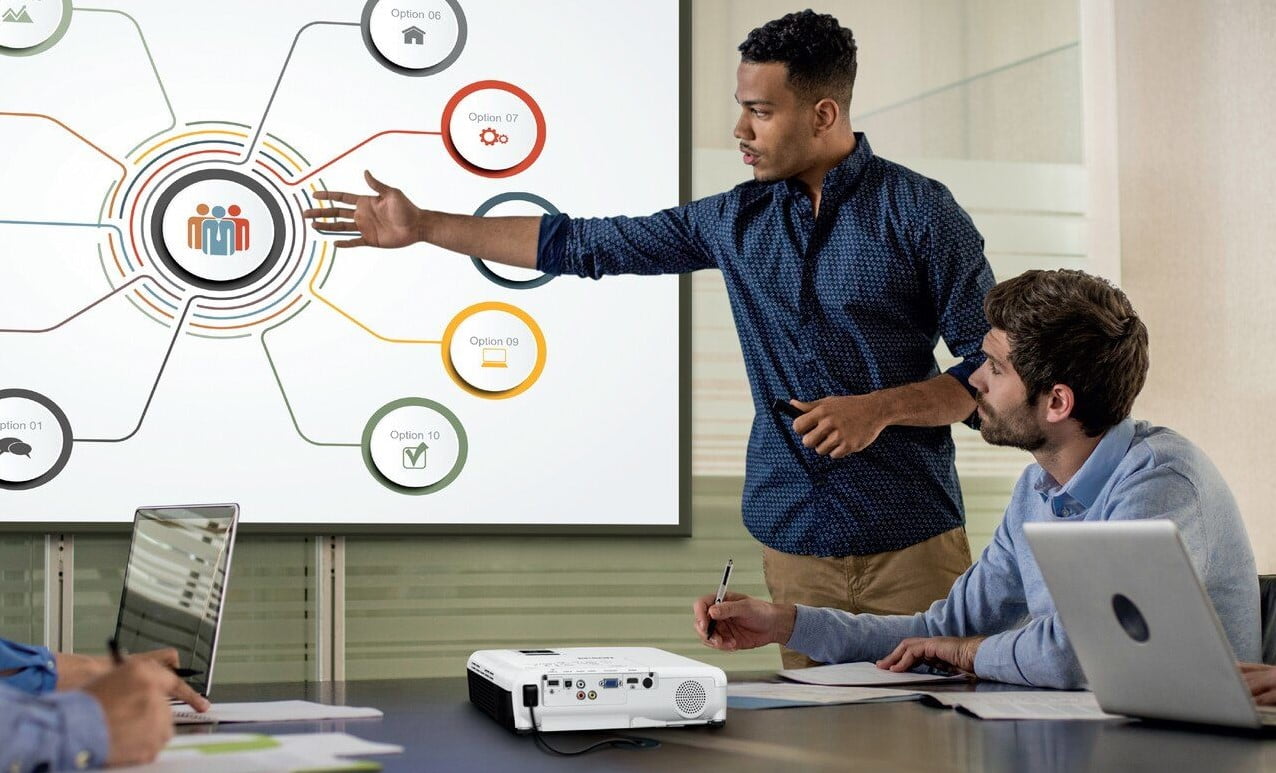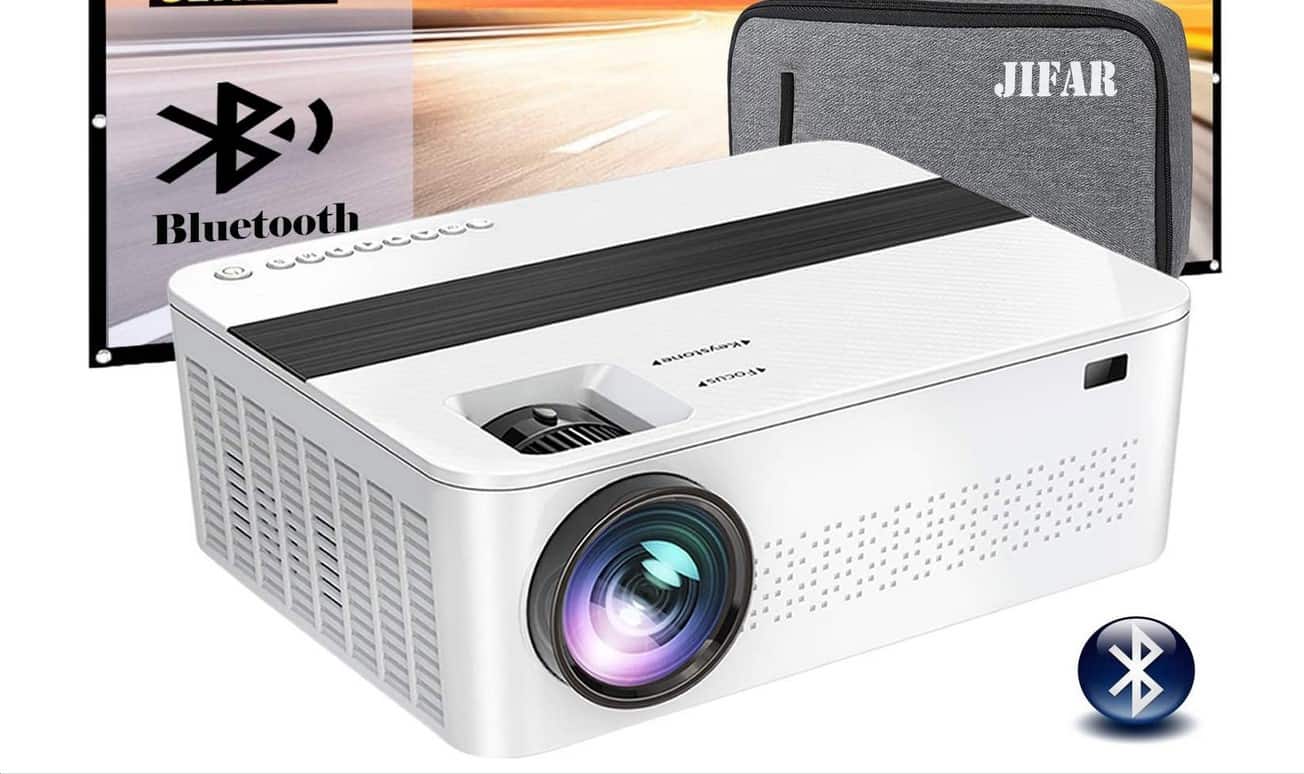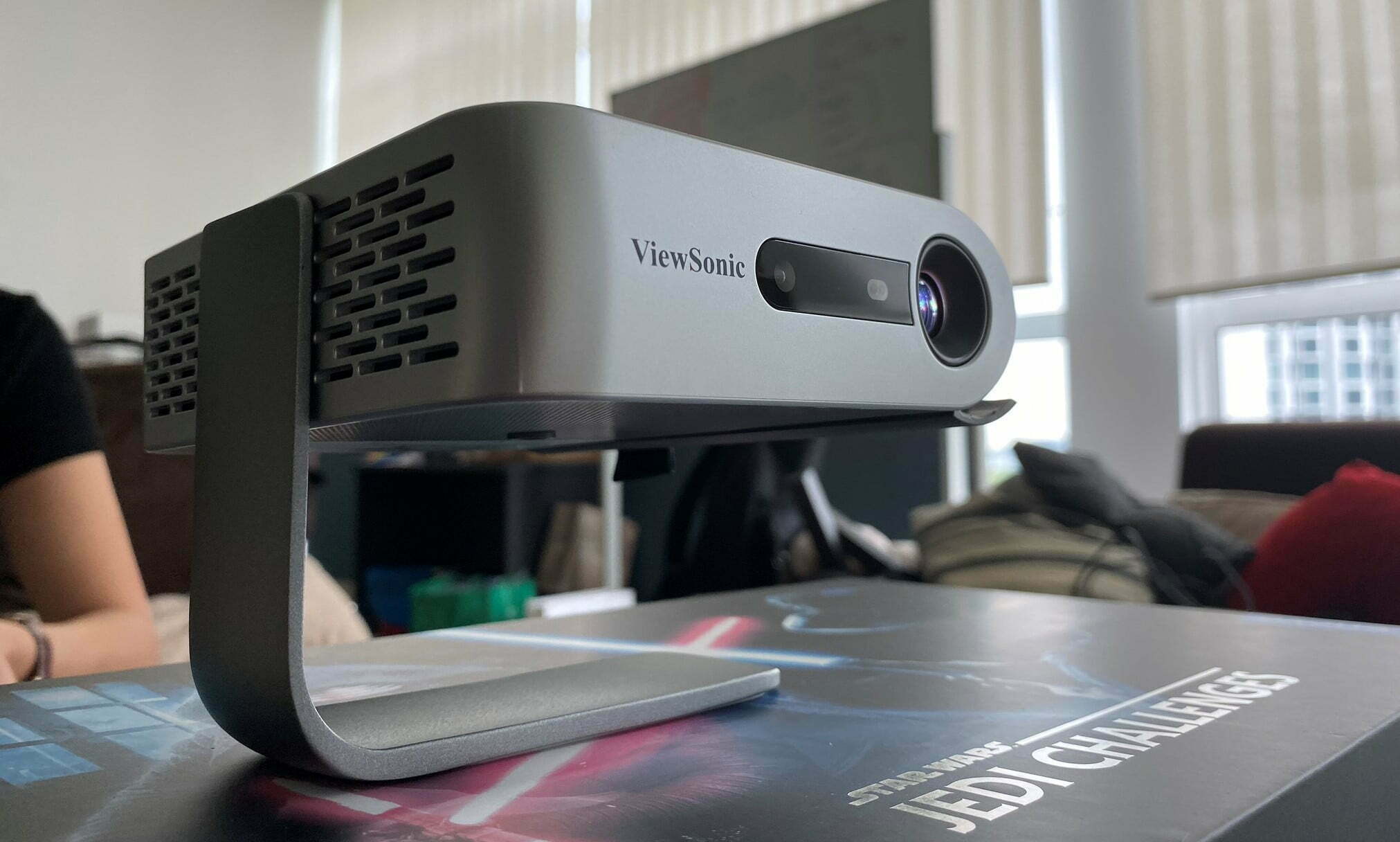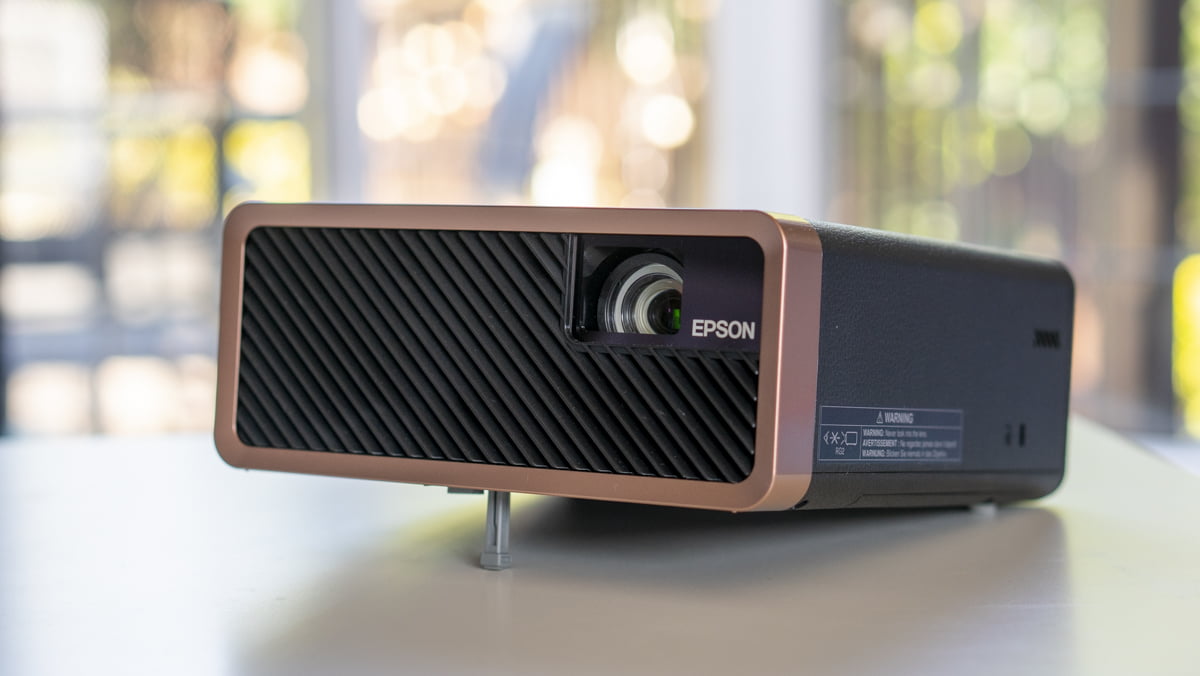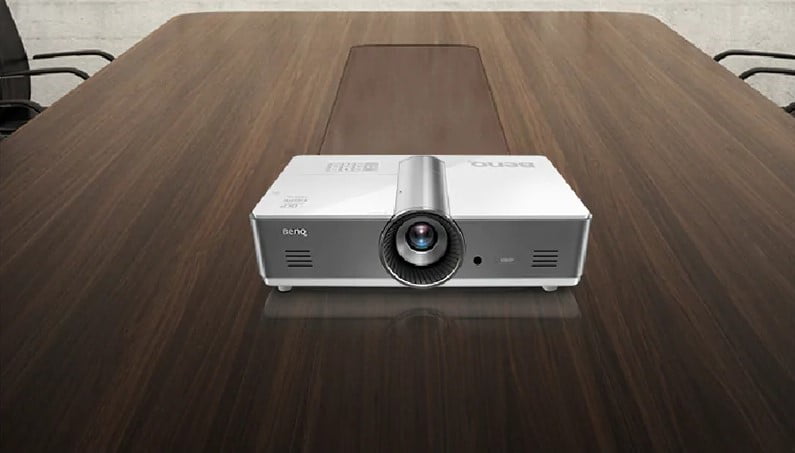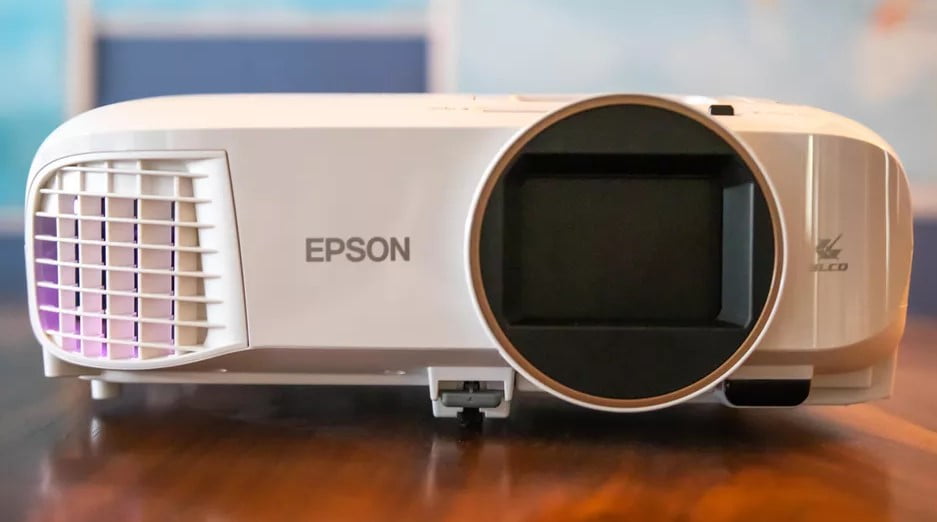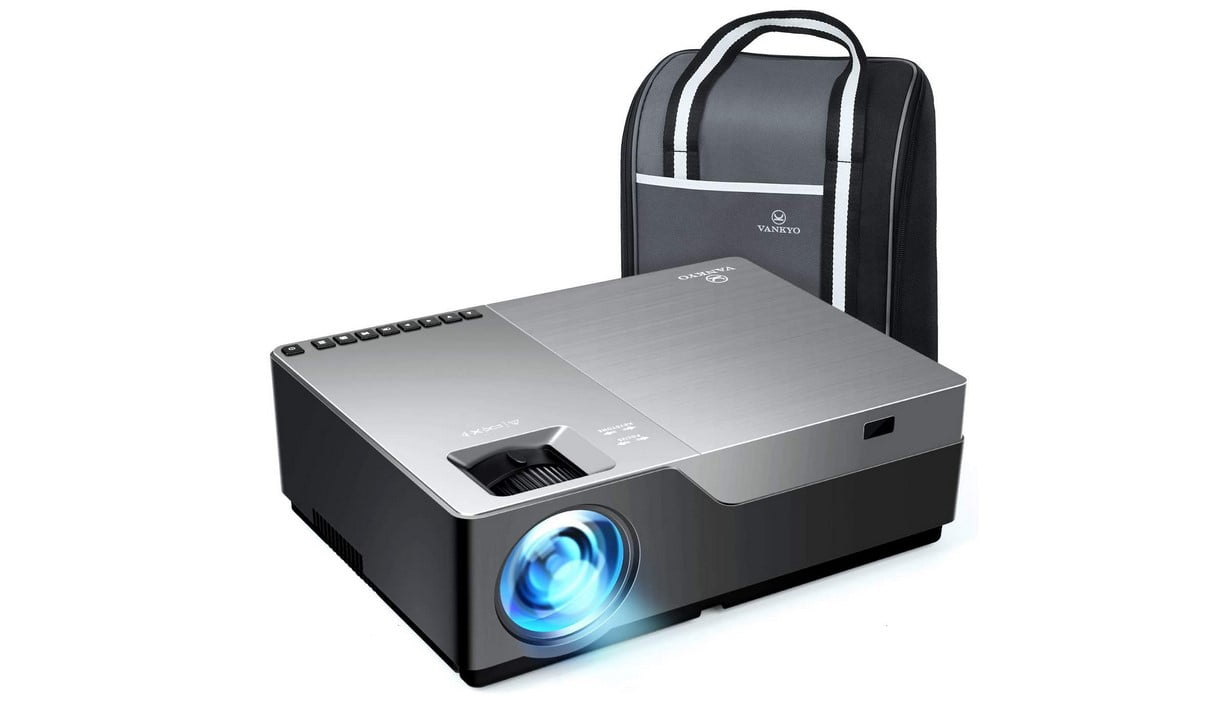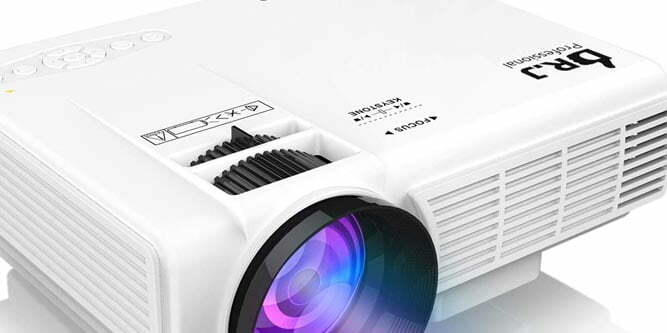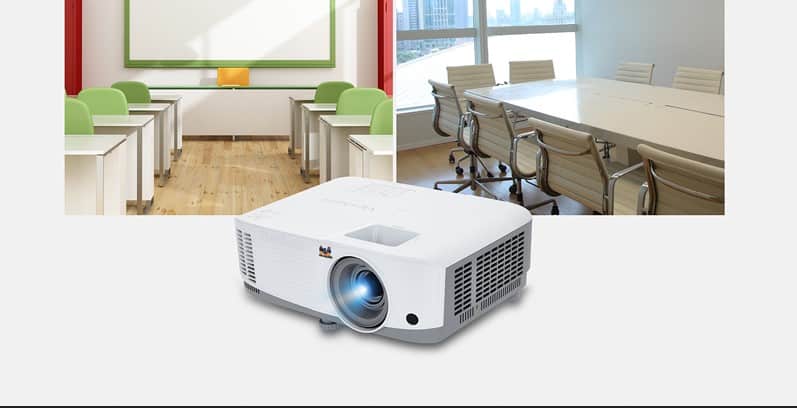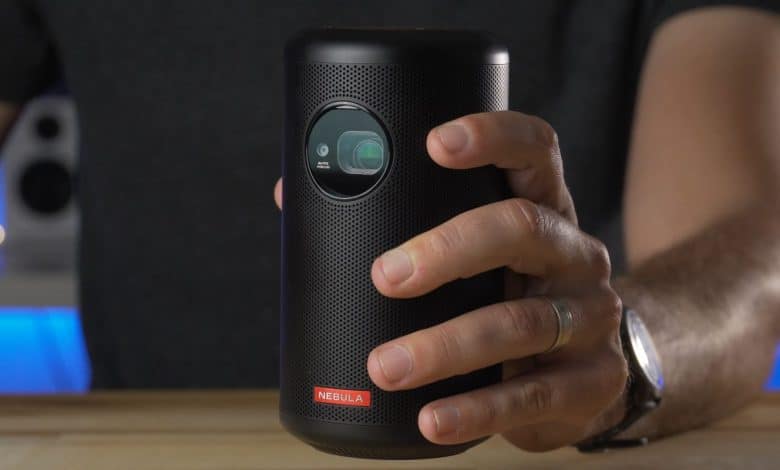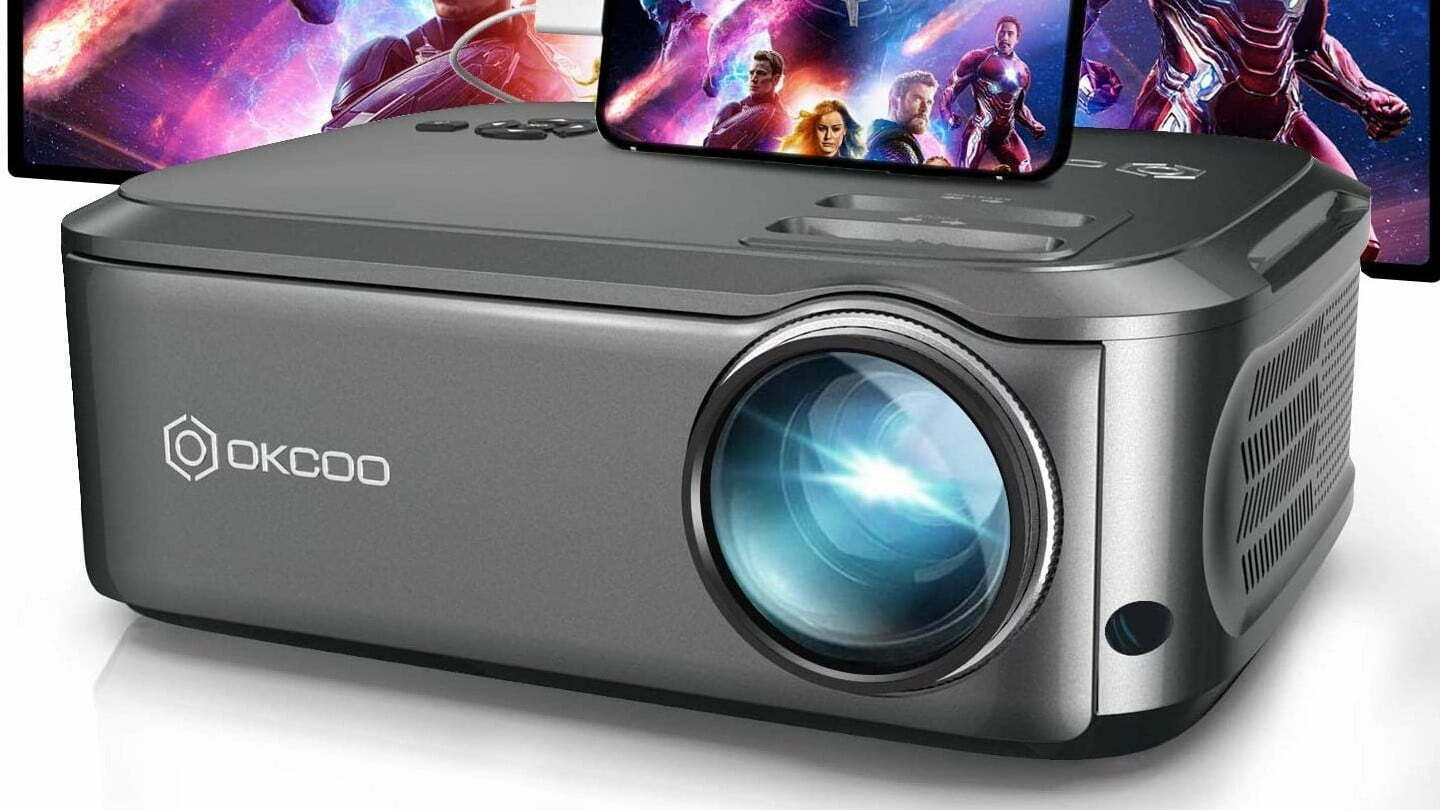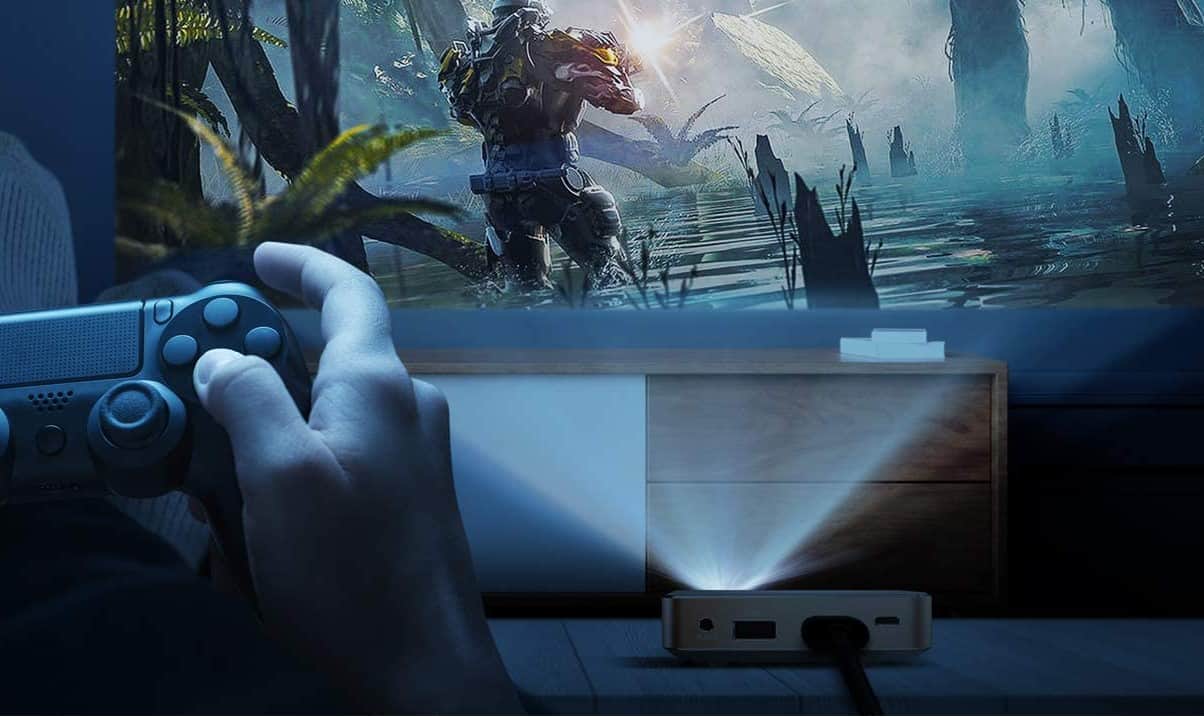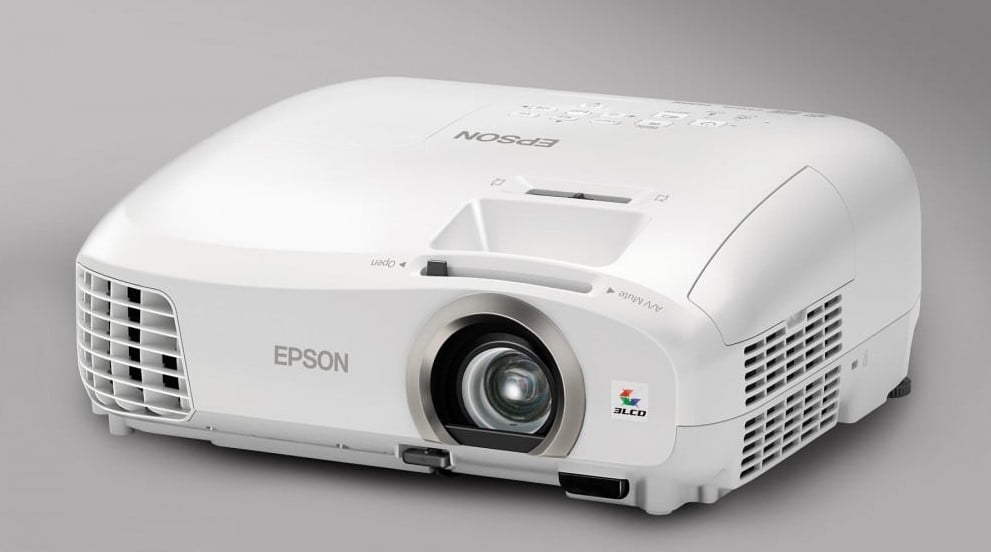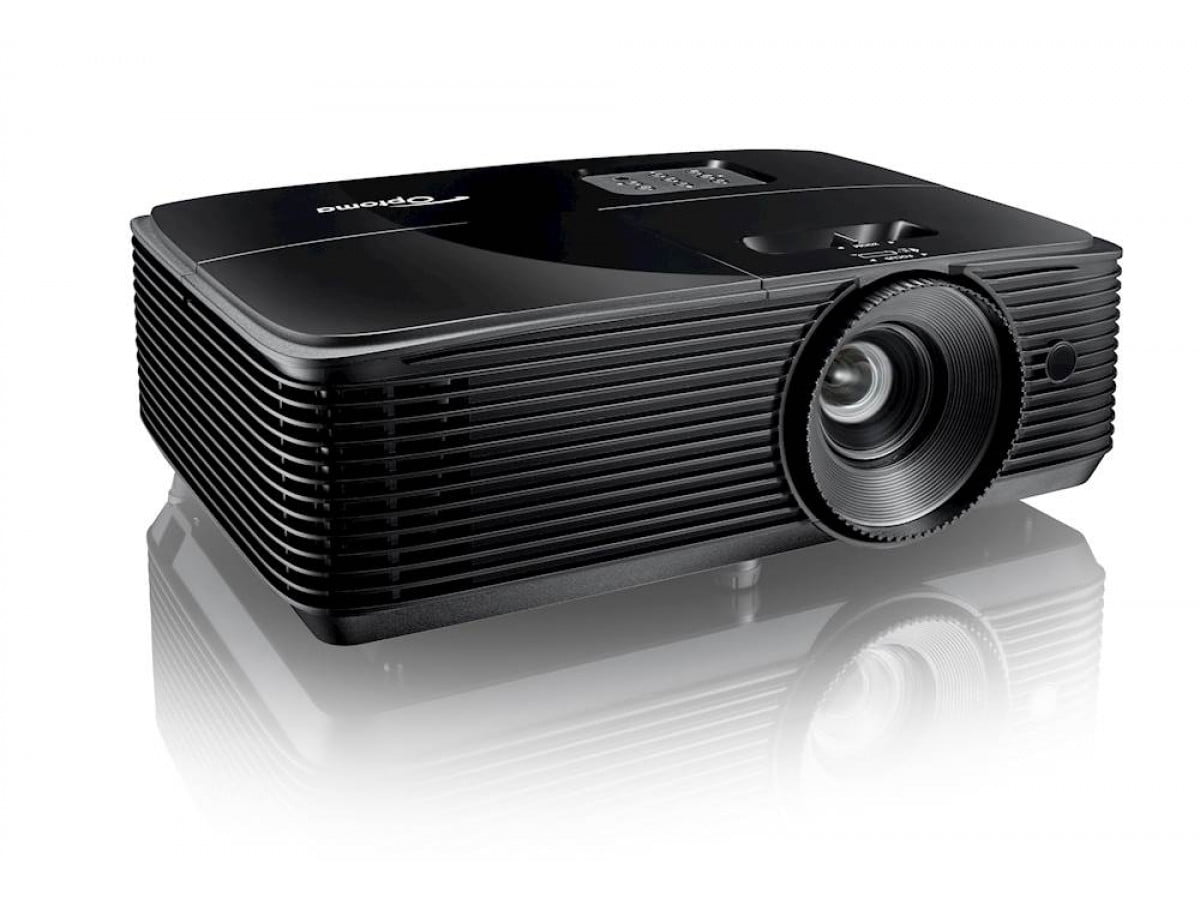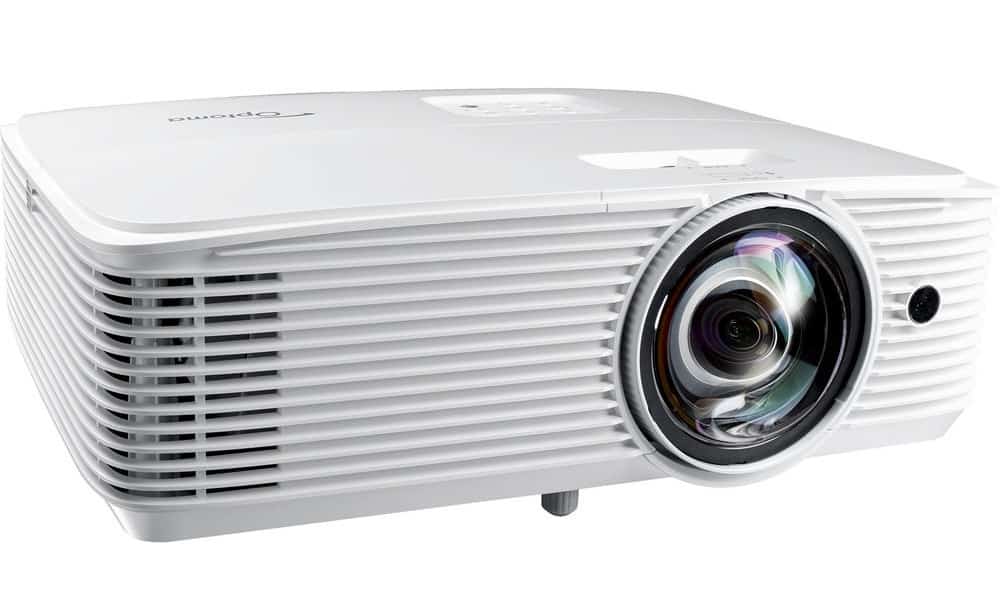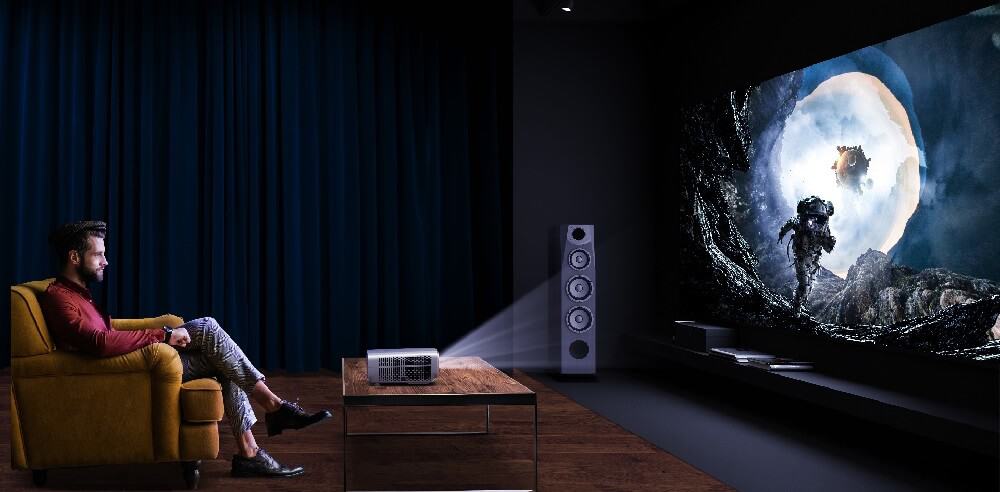Comparing a 3D vs 3D-ready projector is easy, but it does require some thought into the inner workings of these projectors. From frame packing to polarized glasses, multiple terms will pop up that you’ll need to understand. With that said, you’ll want to understand how 3D projectors work and the difference between VGA and HDMI projectors. There’s always so much to learn about the different projectors. Luckily, it isn’t difficult to understand even the best projectors.
KEY TAKEAWAYS:
- A 3D projector can readily accept all four 3D formats, so all you need is a pair of polarized glasses to begin enjoying your 3D projector.
- The 3D viewing experience with a 3D-ready projector is slightly different since they usually only accept the frame sequential signals to display 3D image quality.
- Overall, the best option for your 3D viewing experience is entertainment projectors with 3D technology built into them.
Comparing 3D and 3D Ready Projector Models
The comparison between these two styles of video projectors leads to an obvious conclusion as to which is preferable. There are a few categories to explore before you understand which method of streaming 3D content is superior. You’ll also learn a bit about why they’re better than a normal projector.
Several regular projectors exist, and if a 3D model is too much, you might consider another style. Asking, “What is a portable projector?” is a great starting point. You can also ask which is better? A 3D TV vs a projector in a classroom? It mostly depends on your needs.
Insider Tip
Dim any light source you can when using entertainment projectors to get the best picture quality possible.
3D Transmission Formats Accepted
The standard for being “3D ready” is to accept at least one of the 3D formats. This refers to the device you use to transmit 3D signals to your projectors, such as a Blu-ray 3D player, Android TV, or set-top boxes. The difference between regular projectors and 3D models is that the 3D models can accept these signals, as you’ll see in our Optoma HD142X 3D DLP projector review.
There are more differences between regular and 3D models, however. Our article, “How do short throw projectors work?” will tell you more.
Usage of Blu-Ray 3D Players and Tech
Since most 3D-ready models only accept the frame sequential format for transmission, they are severely limited. With a full 3D model, you’re able to choose between using an Android TV, a 3D Blu-Ray player, cable boxes, and more.
With a significant range of compatible tech, the full 3D projector reigns supreme.
Affordability of 3D Projection Technology
While cost may scare most, there are entry-level projectors that most can afford. Although entry-level projectors won’t have the superior experience as higher-end models, they work just fine for beginners.
Both types of projectors we’re comparing will range in price, so they draw in this category. Even if a 3D display costs more off the bat, a 3D-ready model will require specific equipment.
Warning
Be careful during your first 3D experience, as some people may experience nausea, headache, dizziness, and other side effects.
F.A.Q.S
What types of 3D glasses are there?
To enjoy 3D projection, you need to have special glasses. A few different names refer to these special glasses. Each type has its pros and cons:
- Active glasses
- Passive glasses
- Polarized Glasses
Are 3D projectors worth the money?
If you’re looking to enjoy 3D movies, then absolutely. There’s a certain magic in being able to pop on a pair of 3D glasses and being able to enjoy Blu-Ray 3D at your leisure.
Is a normal projector capable of 3D production?
If your normal projector doesn’t specifically say that it can, then probably not. You’ll need 3D compatible projectors to enjoy the perks of Blu-Ray 3D movies.
If I lost or broke my 3D glasses, what should I do?
In that case, projector manufacturers can send you a new pair of glasses. You can also purchase a new pair of glasses from an online retailer. Make sure to read the product description to see if the 3D glasses are compatible with your 3D-ready and full 3D projectors.
STAT: Around 1872 Henry Morton used an opaque projector in demonstrations in the Philadelphia Opera House. (source)
REFERENCES:
- https://en.wikipedia.org/wiki/3D_projection
- https://www.wikihow.com/Make-a-Hologram
- https://www.wikihow.com/Make-Your-Own-3D-Glassesr
- https://www.researchgate.net/publication/221513583_3D_projection_on_physical_objects_Design_insights_from_five_real_life_cases
- https://www.digitalprojection.com/dpdownloads/DP%20Resources%20115-759G/content/legacy%20products/Titan/shared/3%20Titan%201080p%203D%20Dual%203D%20FastFrame%20User%20Manual.pdf

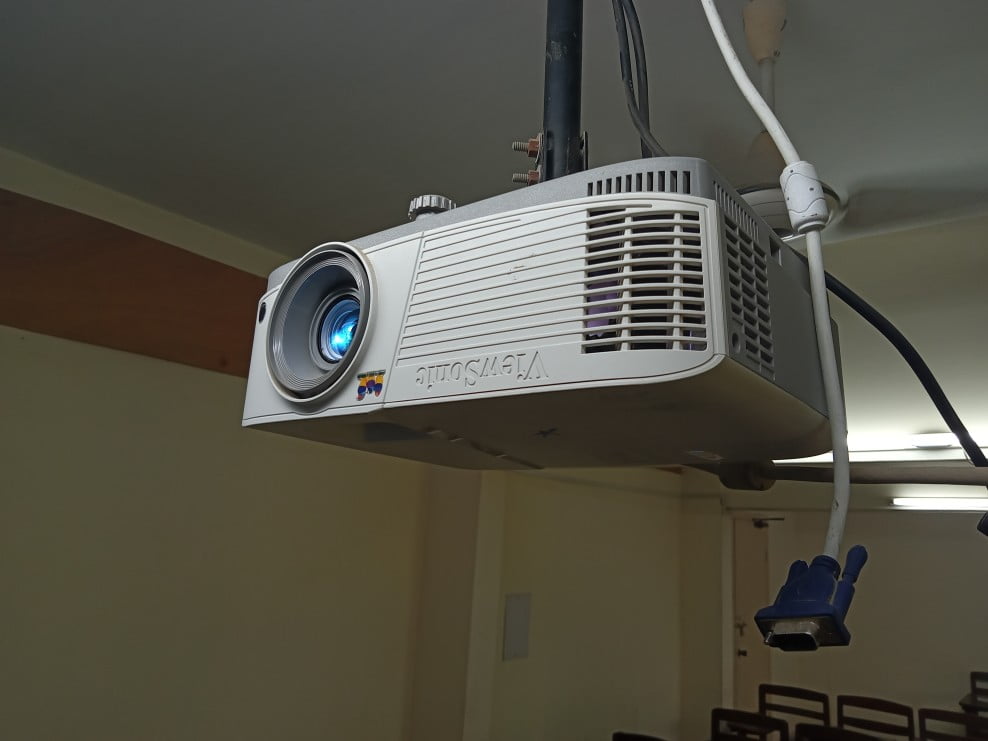














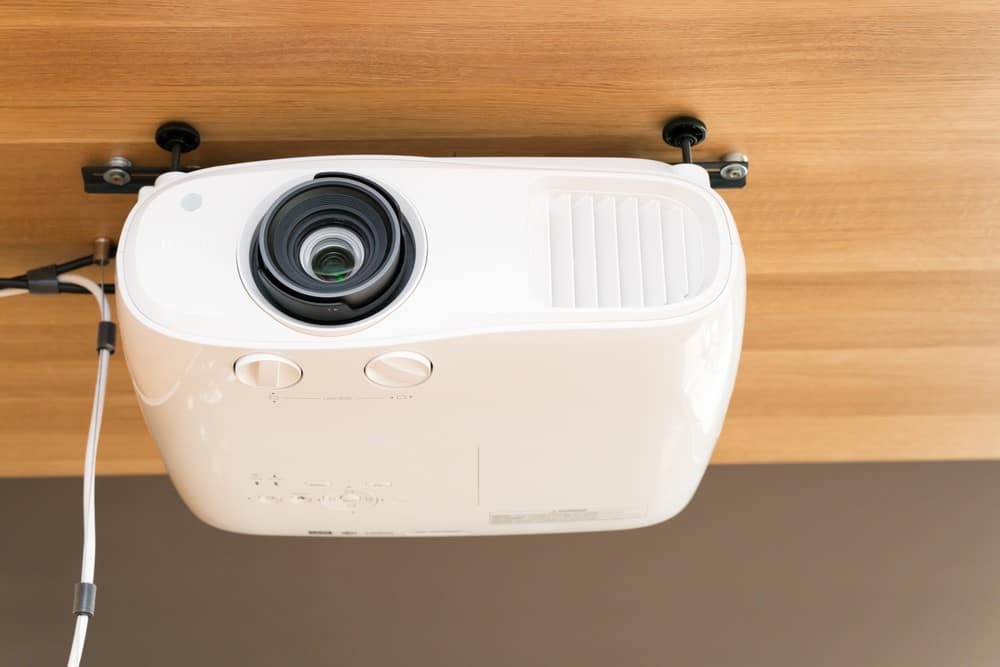
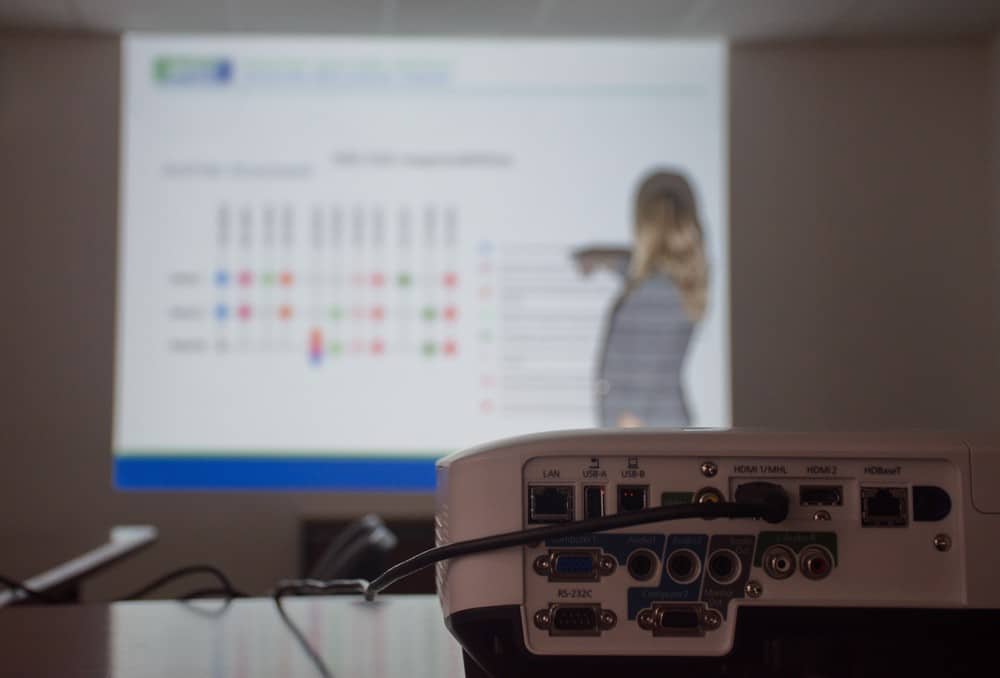



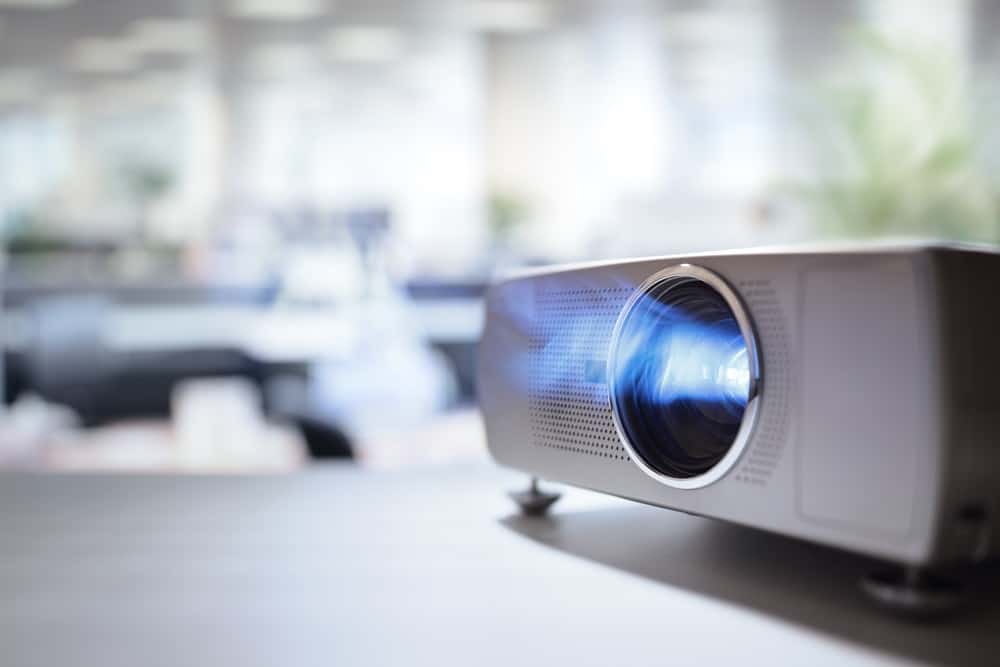
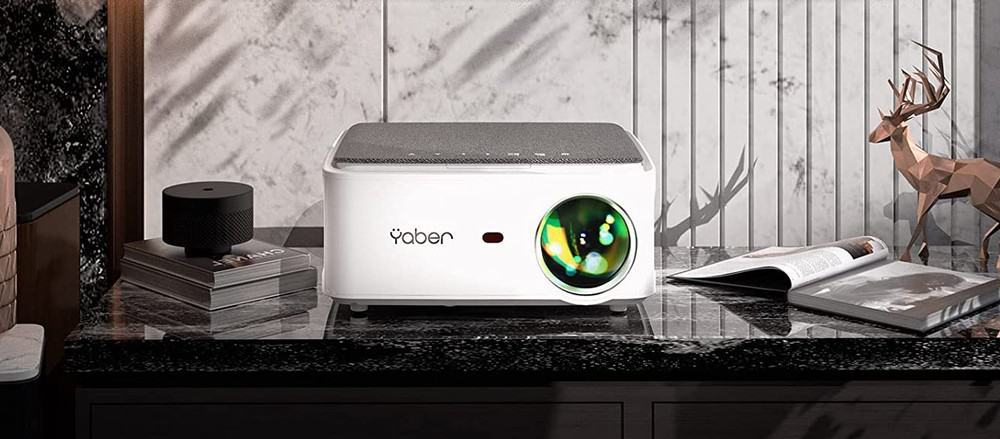

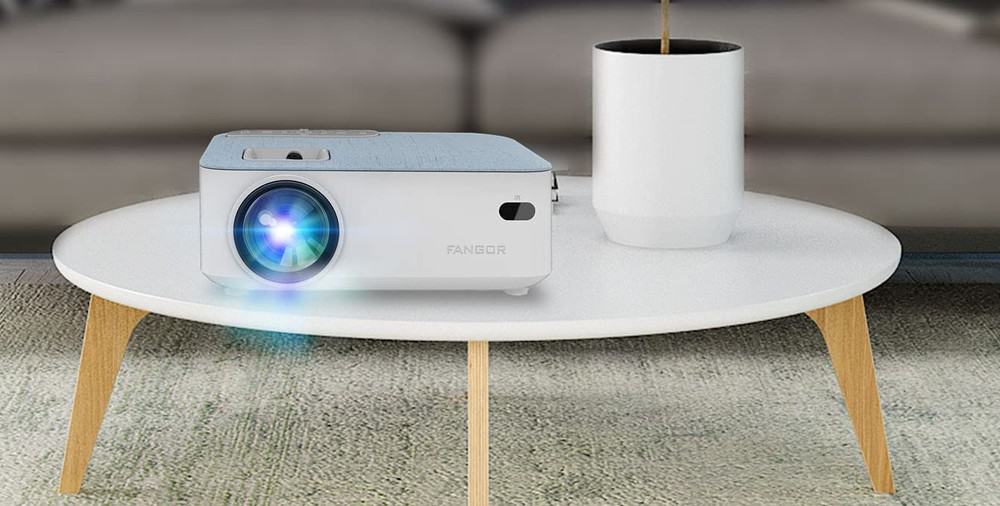

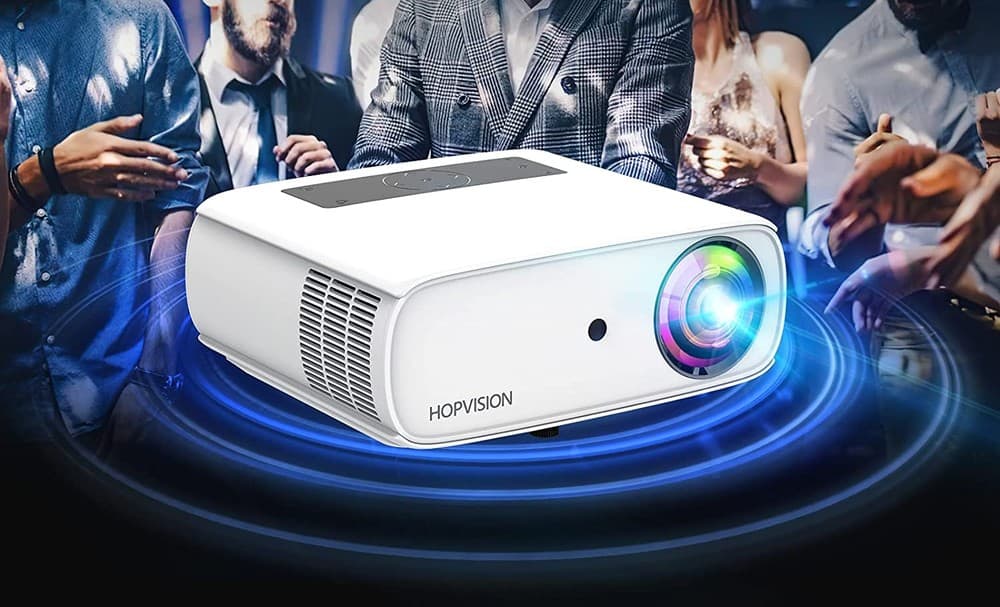

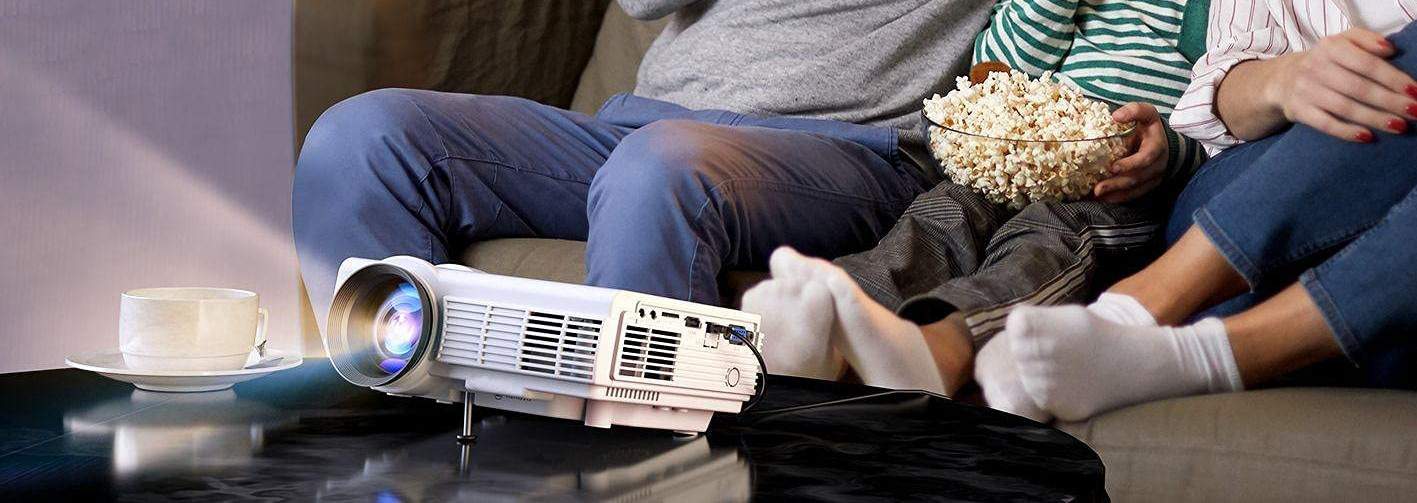

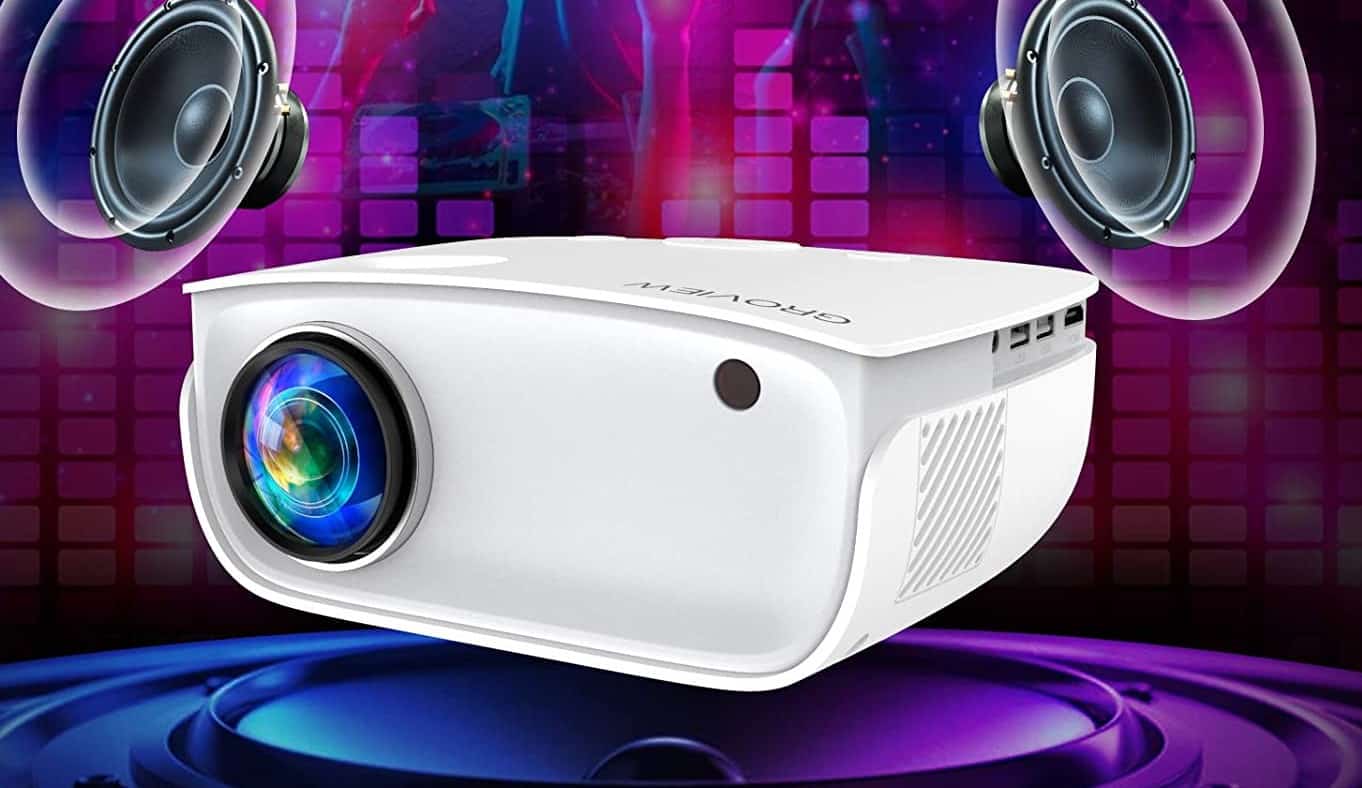
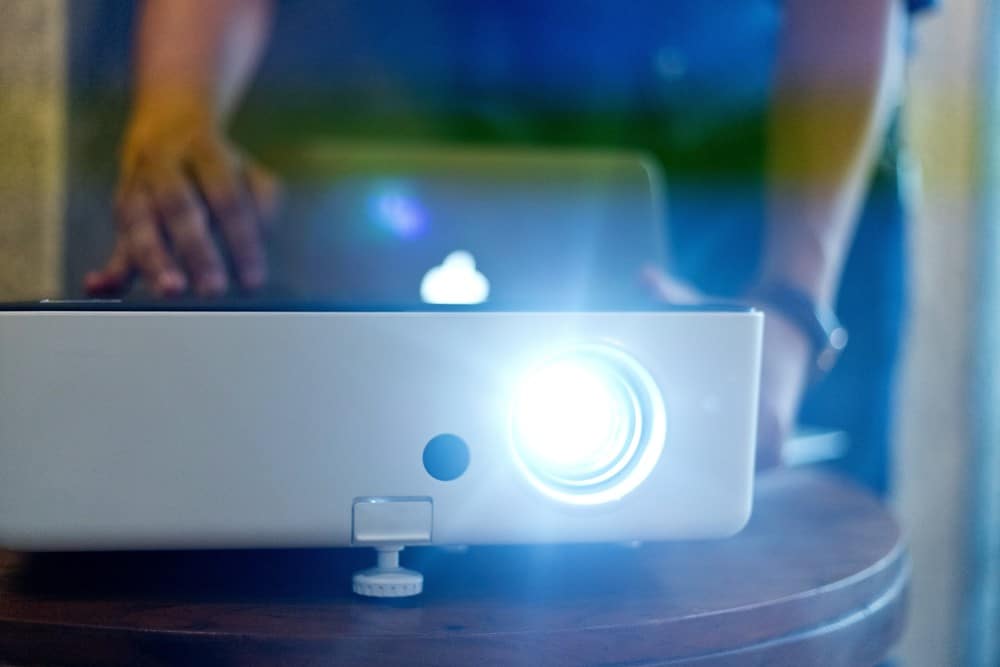

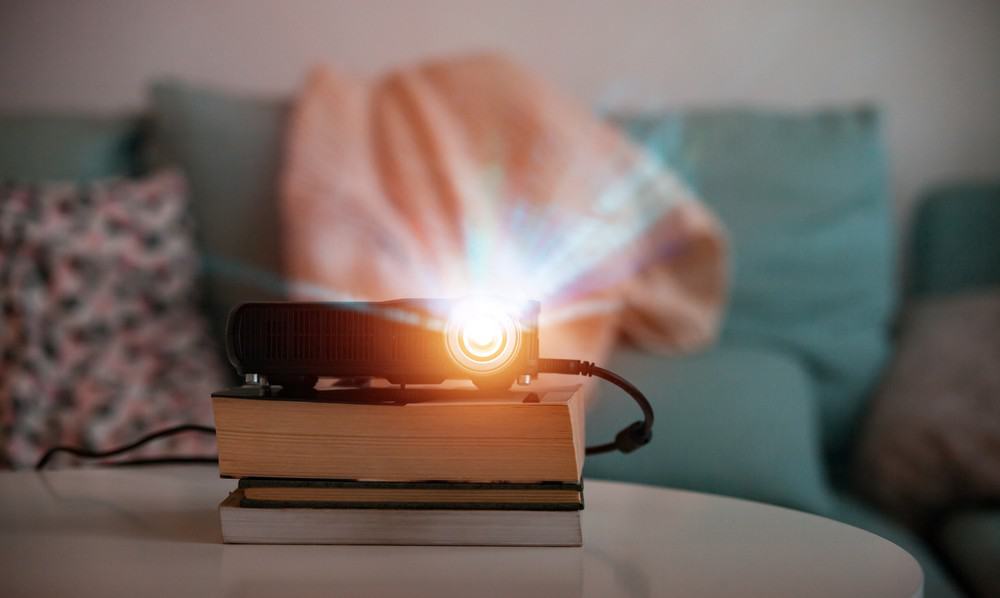
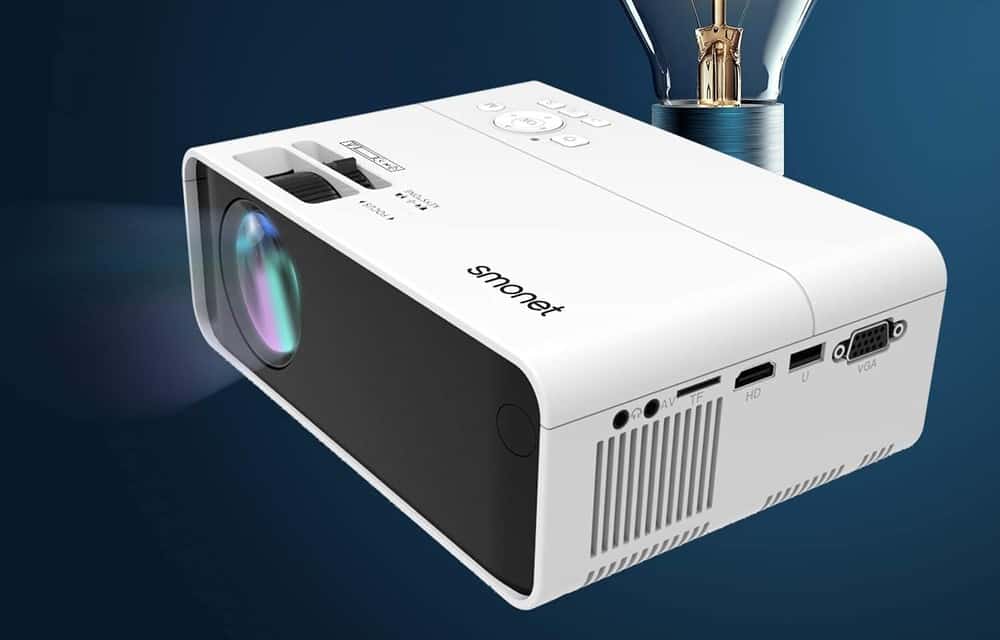
![Best Projectors for Daylight Viewing in [year] 27 Best Projectors for Daylight Viewing in 2025](https://www.gadgetreview.dev/wp-content/uploads/best-projector-for-daylight-viewing-image.jpg)
![Best Samsung Projectors in [year] 28 Best Samsung Projectors in 2025](https://www.gadgetreview.dev/wp-content/uploads/best-samsung-projectors-image.jpg)
![Best NEC Projectors in [year] 29 Best NEC Projectors in 2025](https://www.gadgetreview.dev/wp-content/uploads/best-nec-projectors-image.jpg)
![Best Acer Projectors in [year] 30 Best Acer Projectors in 2025](https://www.gadgetreview.dev/wp-content/uploads/best-acer-projectors-image.jpg)
![Best Quiet Projectors in [year] 31 Best Quiet Projectors in 2025](https://www.gadgetreview.dev/wp-content/uploads/best-quiet-projector-image.jpg)
![Best Projectors for Golf Simulator in [year] 32 Best Projectors for Golf Simulator in 2025](https://www.gadgetreview.dev/wp-content/uploads/best-projector-for-golf-simulator-image.jpg)
![Best Conference Room Projectors in [year] 33 Best Conference Room Projectors in 2025](https://www.gadgetreview.dev/wp-content/uploads/best-conference-room-projector-image.jpg)
![Best InFocus Projectors in [year] 34 Best InFocus Projectors in 2025](https://www.gadgetreview.dev/wp-content/uploads/best-infocus-projectors-image.jpg)
![Best Mini Projector in [year] ([month] Reviews) 35 Best Mini Projector in 2025 (December Reviews)](https://www.gadgetreview.dev/wp-content/uploads/best-mini-projector-image.jpg)
![Best Panasonic Projectors in [year] 36 Best Panasonic Projectors in 2025](https://www.gadgetreview.dev/wp-content/uploads/best-panasonic-projectors-image.jpg)
![Best Sony Projectors in [year] 37 Best Sony Projectors in 2025](https://www.gadgetreview.dev/wp-content/uploads/best-sony-projectors-image.jpg)
![Best Projector Stands in [year] 38 Best Projector Stands in 2025](https://www.gadgetreview.dev/wp-content/uploads/best-projector-stand-image.jpg)
![Best Ultra Short Throw Projectors in [year] 39 Best Ultra Short Throw Projectors in 2025](https://www.gadgetreview.dev/wp-content/uploads/best-ultra-short-throw-projector-image.jpg)
![Best Projectors for a Living Room in [year] 40 Best Projectors for a Living Room in 2025](https://www.gadgetreview.dev/wp-content/uploads/best-projector-for-living-room-image.jpg)
![Best RCA Projectors in [year] 41 Best RCA Projectors in 2025](https://www.gadgetreview.dev/wp-content/uploads/best-rca-projectors-image.jpg)
![Best Optoma Projectors in [year] 42 Best Optoma Projectors in 2025](https://www.gadgetreview.dev/wp-content/uploads/best-optoma-projectors-image.jpg)
![Best BenQ Projectors in [year] 43 Best BenQ Projectors in 2025](https://www.gadgetreview.dev/wp-content/uploads/best-benq-projectors-image.jpg)
![Best Projectors for Church in [year] 44 Best Projectors for Church in 2025](https://www.gadgetreview.dev/wp-content/uploads/best-projector-for-church-image.jpg)
![Best Projectors for Classroom in [year] 45 Best Projectors for Classroom in 2025](https://www.gadgetreview.dev/wp-content/uploads/best-projector-for-classroom-image.jpg)
![Best Epson Projectors in [year] 46 Best Epson Projectors in 2025](https://www.gadgetreview.dev/wp-content/uploads/best-epson-projector-image.jpg)
